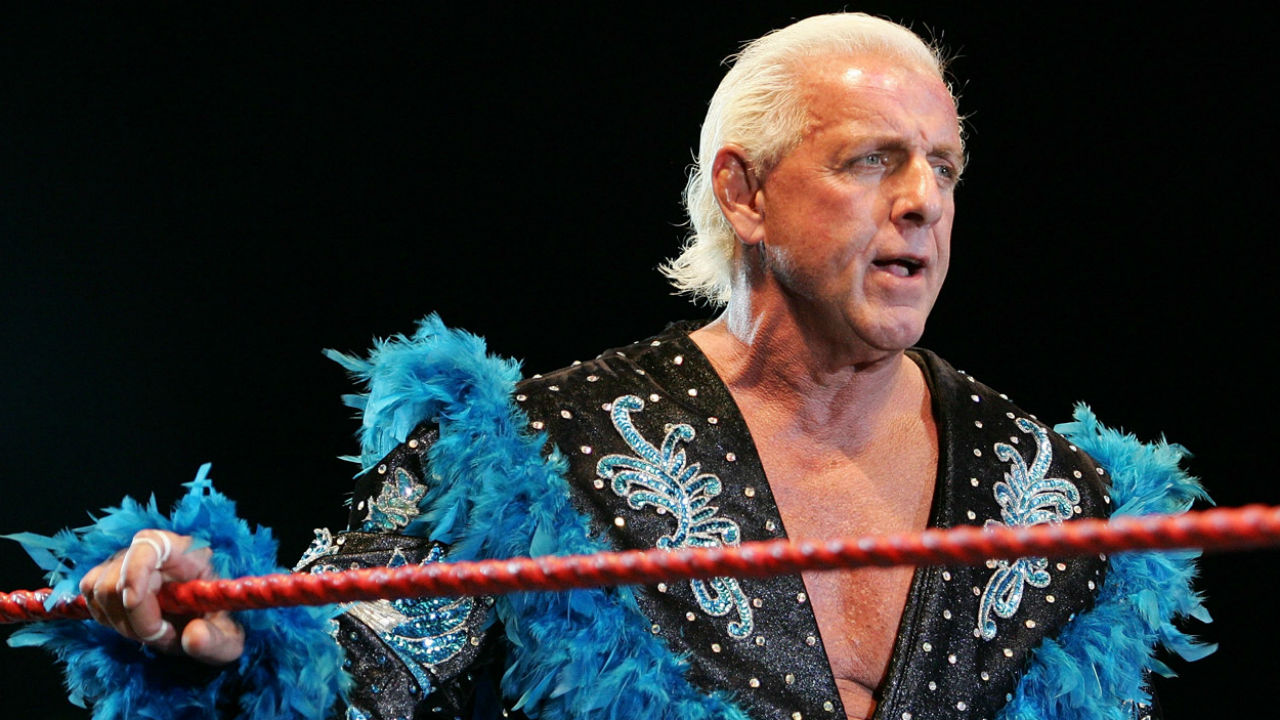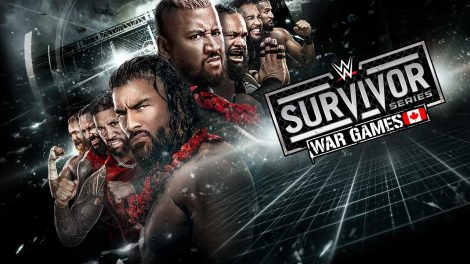With nearly every sports organization on the planet on pause at the moment as the world deals with the COVID-19 pandemic, we feel it’s an opportune time to reminisce about some special moments in sports history.
Even the most remote corners of this planet sometimes don’t seem as inaccessible as North Korea.
The small country sandwiched between South Korea and China isn’t one to regularly welcome visitors, particularly those from western democratic nations such as the United States and Canada.
However, in late April 1995, the country allowed several days of western visitation and entertainment in the form of professional wrestling. New Japan Pro Wrestling founder and Japanese politician Antonio Inoki spearheaded the event which was called the International Sports and Culture Festival for Peace.
Inoki was first interested in a cross-sport bout with legendary boxer George Foreman, but those plans were thrown into flux when Foreman won the heavyweight championship, thus making his participation in any sort of match unobtainable.
Inoki, instead, turned to a potential match against one of North America’s biggest wrestling stars. Inoki approached World Championship Wrestling, whom NJPW had a working relationship with, about using the services of Hulk Hogan. However, Hogan wasn’t interested in going to North Korea. Inoki then appealed for the use Ric Flair, one of the greatest pro wrestlers of all-time, who accepted.
[relatedlinks]
President of WCW Eric Bischoff would assist NJPW in producing and supplying other wrestlers for the mega-show set for April 28 and 29, 1995 at the 150,000-plus seat May Day Stadium in the capital of North Korea, Pyongyang.
The names heading over to the North Korea would look very familiar to wrestling fans: Flair, the Steiner Brothers, Scott Norton, 2 Cold Scorpio, Road Warrior Hawk (one half of The Legion of Doom), Sonny Onoo, Bischoff and multiple NJPW stars. Accompanying the wrestlers, meanwhile, was one of the greatest athletes of all-time, Muhammad Ali.
Ali was no stranger to the wrestling world, having actually squared off with Inoki in a special bout in the late 1970s, while also having made several appearances at major wrestling events, including WrestleMania 1. Ali’s appearance in North Korea was of paramount importance to Inoki who was amid a re-election bid for the Japanese House of Councillors. Inoki hoped Ali’s status as a respected world figure and his subsequent appearance in North Korea would parlay into political success.
Flying directly from the United States to North Korea was out of the question for those with WCW, so it was left to the Japanese government to work with North Korea to coordinate a rendezvous point in Japan, where a North Korean plane would be sent to pick up all involved with the show. Many who took the plane ride over describe the trip as harrowing, travelling on what seemed like a transport plane from World War II.
North Korea was suffering through a severe famine in 1995, partially due to the fall of the Soviet Union which was funnelling financial aid to the communist country. The famine left the country devoid of farming, making the landscape entirely different from North America. Bischoff said on his podcast, 83 Weeks, in April 2019 that the descent into Pyongyang made it feel like, “you were in a movie, and you were in a spaceship and you were landing on Mars. Absolutely barren on life. I’ve never seen so much nothing in my entire life.”
“I literally felt like I was landing on a different planet.”
Once on the ground in North Korea, members of the travelling group were split into pairs, and had their passports taken away. Each pair was escorted by a member of the North Korean equivalent to the secret service. Members of the travelling party were paraded around the North Korean capital for two days ahead of the wrestling event, where state media captured the visitors participating in ceremonial tasks such as honouring the late North Korean Supreme Leader Kim Il-sung.
The two-day wrestling event that followed drew an estimated crowd of 170,000 on the first night and 180,000 on the second night, breaking all verifiable previous and current wrestling attendance records by a large margin. However, these records should be taken at far less than face value. Scott Norton, who headlined on Night 1, told Sports Illustrated in 2015 that a limo driver said him, “Nobody really wants to come. It’s forced attendance. If they don’t show up they get a bullet in the head.”
Inoki and Flair headlined Night 2, while Flair sat in the crowd amongst North Korean dignitaries on Night 1. In his 2004 book, Flair recounts a member of the North Korean sports ministry saying, “How come that wrestler was able to knock down his opponent so easily? That doesn’t look real.”
It became clear to Flair that the North Korean’s had never seen anything like professional wrestling before in their lives. More than 150,000 spectators each night essentially sat on their hands for the entirety of the shows.
When it was time for the visitors to return to Japan, Flair was asked to provide some closing remarks for the state media cameras. Flair had been requested to quite literally degrade the United States and declare North Korea a supreme world power. Flair declined and, instead, issued some diplomatic musings of the trip for WCW and NJPW.
What was reported afterwards, though, was far different. In Flair’s book, he said he was instead quoted by the official North Korean press agency as saying, “Before I leave this beautiful and peaceful country, I would like to make a tribute to the great leader, Mr. Kim Il-sung, who had devoted his life to the Korean people’s happiness, prosperity and Korean unification. His Excellency, Kim Il-sung, will always be with us.”
The desired effect of the International Sports and Culture Festival for Peace was lost soon after the westerners departed North Korea. Inoki lost his bid for re-election in Japan, while WCW received little to no press in North America for their visit. The company produced the “Collision in Korea” pay-per-view with matches from the event, which aired several months later, but it received little fanfare.
Flair, like everyone else on the trip, was happy to leave the strange trip behind them. Flair wrote, “as soon as our plane landed in Japan, I bent down and literally kissed the ground. I was so glad to be back on friendly soil.”








